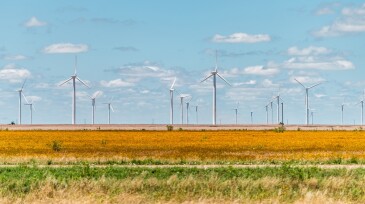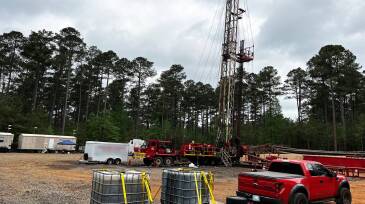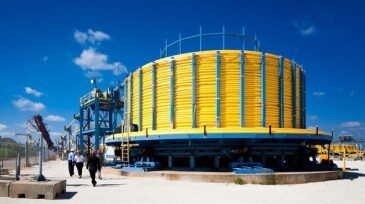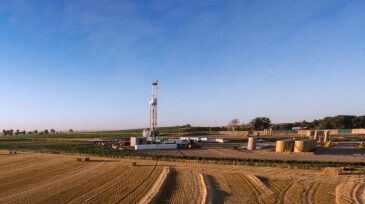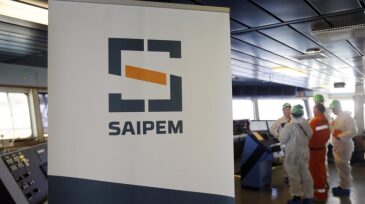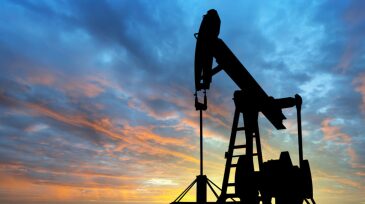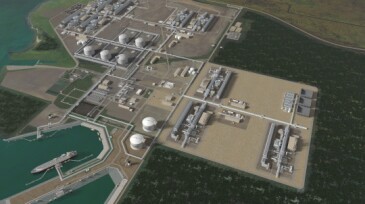Management
A presidential decree extends ExxonMobil’s chance to possibly recoup part of the $4.6 billion loss it suffered after exiting its flagship Russian asset in spring 2022.
The $1.3-billion deal targets DJ Basin assets producing 35,000 BOEPD, and Japex aims to increase that output to 50,000 BOEPD around 2030.
The Nigerian Upstream Petroleum Regulatory Commission has set its sights on anti-corruption efforts for the 2025 Licensing Round, which began on 1 December.
-
The state’s clean energy boom could be impeded by Texas leaders’ push for legislation that would boost natural gas and place new restrictions on wind and solar projects.
-
The US supermajor is said to have struck a deal that may make it a major supplier of lithium, which is needed to expand the US electric vehicle market.
-
The deal covers the supply of more than 50 km of dynamic and static subsea umbilicals.
-
The deal is expected to add over $1 billion in annual free cash flow to Chevron’s bottom line.
-
The contracts are for work in the Black Sea and North Sea.
-
Premier Corex and Teverra will be combining their efforts to aggregate data for companies involved in large-scale geothermal projects.
-
SPE Journal has issued a call for papers for the 11th Comparative Solution Project (CSP) Special Issue. Organized by guest editors Anthony Kovscek (Stanford University) and Knut-Andreas Lie (SINTEF), submissions that are both directly and indirectly related to the 11th CSP will be accepted.
-
The award includes two LNG ‘mega’ trains with a combined capacity of 16 mtpa.
-
The $540 million joint acquisition is expected to close in June.
-
The deal is expected to support the LNG exporter’s Sabine Pass liquefaction expansion project.




